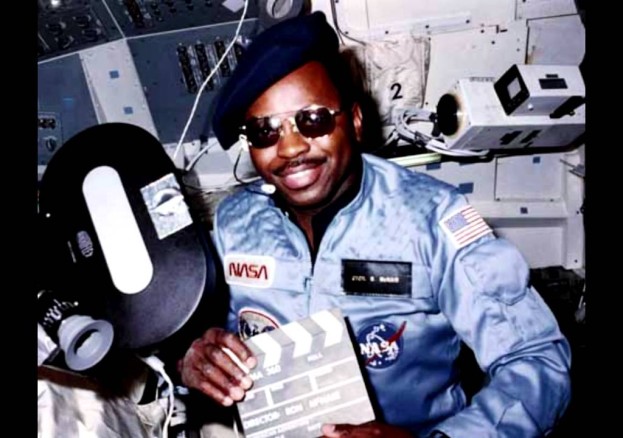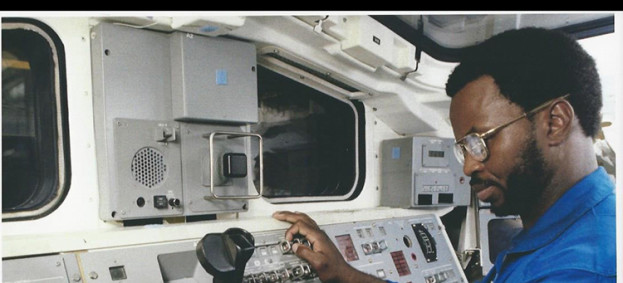
Dr McNair died alongside his six astronaut colleagues: spacecraft commander, Mr. F.R. Scobee, the pilot, Commander M.J. Smith (USN), mission specialists, Lieutenant Colonel E.S. Onizuka (USAF), and Dr. J.A. Resnik, and two civilian payload specialists, Mr. G.B. Jarvis and Mrs. S. C. McAuliffe. They were all part of the crew of the ill-fated Challenger space shuttle which exploded shortly after launch from the Kennedy Space Centre in Florida.
Dr McNair was born on 21st October 1950, in Lake City, South Carolina, and had to battle with racism and discrimination from a very early age.
When he was nine he attempted to borrow books from his local public library, the Lake City Library, only to discover that ‘public’ meant that only whites could borrow books. This service was inaccessible to black people owing to the senseless Jim Crow laws of the time. Young McNair, however, politely insisted that he borrow the books. The police and his mother were called in to the library, but in the end he was allowed to leave with the books he desired.
This sense of tenacity combined with his affinities to science and technology propelled him through his brief but very impactful life. He received his Bachelor of Science in Physics from North Carolina AT&T State University in 1971, and a PhD in Physics from the Massachussetts Institute of Technology (MIT) in 1976. He also received honorary doctorates from North Carolina AT&T State University, Morris College and the University of South Carolina.
While studying at MIT, and at the Ecole D’ete Theorique de Physique in France, Dr. McNair did critical research into the development of hydrogen fluoride/deuterium fluoride (HF/DF) and high-pressure CO lasers. He became a staff physicist with Hughes Research Laboratories in Malibu, California, developing lasers for isotope separation and photochemistry among other areas of research and development.
Dr McNair was selected as a NASA astronaut candidate when he was 28 years old. A year later, in 1979, he qualified as a mission specialist astronaut on Space Shuttle flights and flew his first mission, STS 41-B, on February 4th 1984.
Dr McNair, who is survived by his wife Cheryl and two children Reginald and Joy, was a music lover and an accomplished saxophonist. He worked with the French composer, Jean Michel Jarre on a piece of music for Jarre’s album Rendez-Vous. Dr McNair, an adherent of the Baha’i Faith, was supposed to have been the first person to record a saxophone solo in space aboard the Challenger. He was also a martial arts enthusiast – the holder of a 5th degree Karate blackbelt and the winner of the AAU Karate Gold Medal (1976) and five regional Blackbelt championships.
Dr McNair has been the recipient of numerous post-humous honours. MIT, his alma mater has a McNair Building which houses the Kavli Institute for Astrophysics and Space Research; the US Department of Education offers the Ronald E McNair Post-Baccalaurate Achievement Program; the McNair crater on the moon is named after him; and in a twist of irony, the Lake City Library was dedicated in 2011 as the Ronald McNair Life History Centre.
Originally from Barbados, London-based John Stevenson is a communications specialist, freelance writer and broadcaster.

